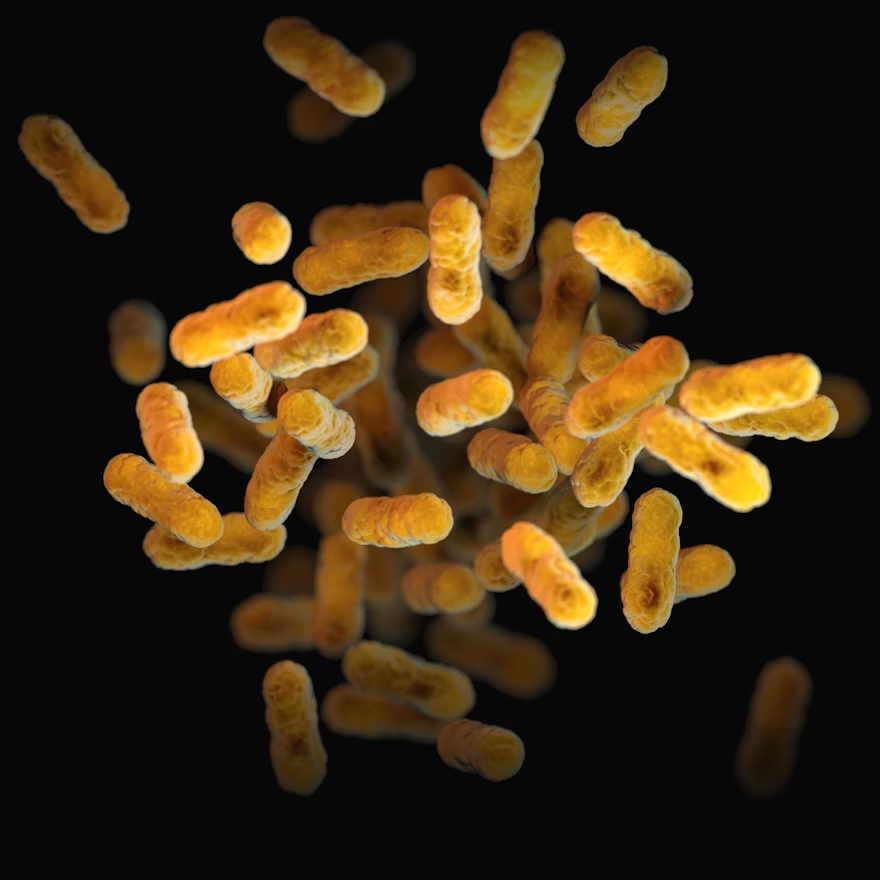Holobiome Explained: How Your Gut Talks to Your Brain, Skin & Immunity
Meet Your Holobiome: The Hidden Network Inside You
Imagine your body as a vibrant ecosystem, not just a single organism. Every day, trillions of tiny allies—bacteria, fungi, viruses, and more—work alongside your own cells. Together, you form what scientists call the holobiome: a powerful partnership between you and your microbes, shaping your health in ways you might never have imagined.
What Is the Holobiome?
Think of the holobiome as your body’s “super team.” It’s not just about your own DNA, but also the collective genetic material of all the microbes living in and on you—from your gut and skin to your mouth and beyond. While the gut microbiome gets a lot of attention, the holobiome is the full cast: every microbe, everywhere, and every way they interact with you and each other.
This is bigger than just digestion. Your holobiome is a living, adapting network that influences everything from your mood to your immune system. Scientists now see humans as holobionts—complex beings whose health depends on the harmony between human cells and microbial partners.
How Is the Holobiome Connected?
Your holobiome is a master communicator. The gut, home to the largest community of microbes, acts as a central hub. But the conversation doesn’t stop there. Microbes on your skin, in your mouth, and throughout your body are in constant dialogue—sending chemical messages, modulating your immune system, and even talking to your brain.
This web of connections means that what happens in your gut doesn’t stay in your gut. A shift in one part of your holobiome can ripple out, affecting distant organs and systems. It’s a dynamic, two-way street: your lifestyle, environment, and even your stress levels can change your microbial balance, and your microbes, in turn, can shape how you feel and function.
The Gut-Brain, Gut-Skin, and Gut-Immune Axes
Unlocking the Gut’s Power: Clear Skin, Youthful Glow, Robust Health, and Weight Mastery
Clear, Youthful Skin: The Gut-Skin Axis
Ever wondered why your skin sometimes mirrors your gut’s mood? The gut-skin axis is a communication network where gut microbes influence skin health through immune signaling and metabolic byproducts. When your gut bacteria break down fiber, they produce short-chain fatty acids (SCFAs) like butyrate and propionate. These SCFAs travel through your bloodstream, dialing down inflammation and even acting as antimicrobial agents on the skin. For example, propionic acid produced by gut microbes can inhibit harmful skin bacteria like Staphylococcus aureus, while supporting beneficial skin flora. If your gut is out of balance (dysbiosis), it can lead to increased gut permeability (“leaky gut”), allowing toxins to enter the bloodstream, trigger systemic inflammation, and manifest as acne, eczema, or dull, irritated skin.
What you can do:
- Eat plenty of fiber-rich foods (whole grains, fruits, veggies) to feed beneficial gut bacteria and boost SCFA production.
- Include fermented foods for a probiotic boost.
- Avoid excessive sugar and processed foods, which can disrupt gut and skin balance.
Staying Healthy: The Gut-Immune Axis
Did you know up to 70% of your immune system is based in your gut? Your gut microbiome “trains” your immune cells, teaching them to distinguish friend from foe and keeping inflammation in check. A diverse, balanced microbiome helps prevent allergies, autoimmune flare-ups, and infections. When dysbiosis occurs, immune regulation falters, leading to chronic inflammation or increased susceptibility to illness.
How it works:
- Gut bacteria interact with immune cells via the gut lining, influencing the release of cytokines (immune messengers) that can either calm or ramp up inflammation.
- SCFAs produced by gut microbes help regulate immune responses, supporting both gut and skin defense.
What you can do:
- Prioritize a varied, plant-rich diet to support microbial diversity.
- Limit unnecessary antibiotics, which can wipe out beneficial bacteria.
- Manage stress and get regular exercise—both support a healthy gut-immune connection.
Digesting Well: The Gut’s Core Job
Your gut microbiome is your digestive powerhouse. Beneficial bacteria break down complex carbohydrates, synthesize vitamins (like B12 and K), and produce SCFAs that nourish your gut lining. When your gut is balanced, you absorb nutrients efficiently, experience less bloating, and maintain regularity. Dysbiosis, on the other hand, can lead to indigestion, constipation, diarrhea, and nutrient deficiencies.
What you can do:
- Eat slowly and mindfully—digestion starts in the mouth!
- Include prebiotic foods (onions, garlic, bananas) to feed good bacteria.
- Stay hydrated to support gut motility and nutrient absorption.
Gaining & Losing Weight: The Gut-Metabolism Connection
Your gut microbiome helps regulate how you store fat, feel hunger, and burn calories. Certain gut bacteria are linked to lean body types, while others are more common in people with obesity. These microbes influence the release of hormones like GLP-1 and PYY, which help you feel full, as well as the absorption of calories from food.
Mechanisms at play
- diverse microbiome increases SCFA production, which can boost metabolism and reduce inflammation—a key factor in weight management.
- Dysbiosis can disrupt these signals, making it harder to lose weight and easier to gain it, even if you’re eating the same number of calories as someone else.
What you can do:
- Focus on fiber, healthy fats, and fermented foods to support a balanced microbiome.
- Avoid crash diets and yo-yo dieting, which can harm beneficial bacteria.
- Stay active: exercise encourages a healthier gut and supports weight goals.
The Takeaway
Whether you’re after glowing skin, a strong immune system, smooth digestion, or better weight control, your gut microbiome is a key player. By feeding your gut the right foods, managing stress, and making smart lifestyle choices, you’re not just supporting your digestion—you’re investing in your whole-body health, inside and out
For more science-backed tips and personalized advice on making your microbiome great again, visit www.AMILI.ASIA and discover the next level of wellness for your skin, body, and mind.




















